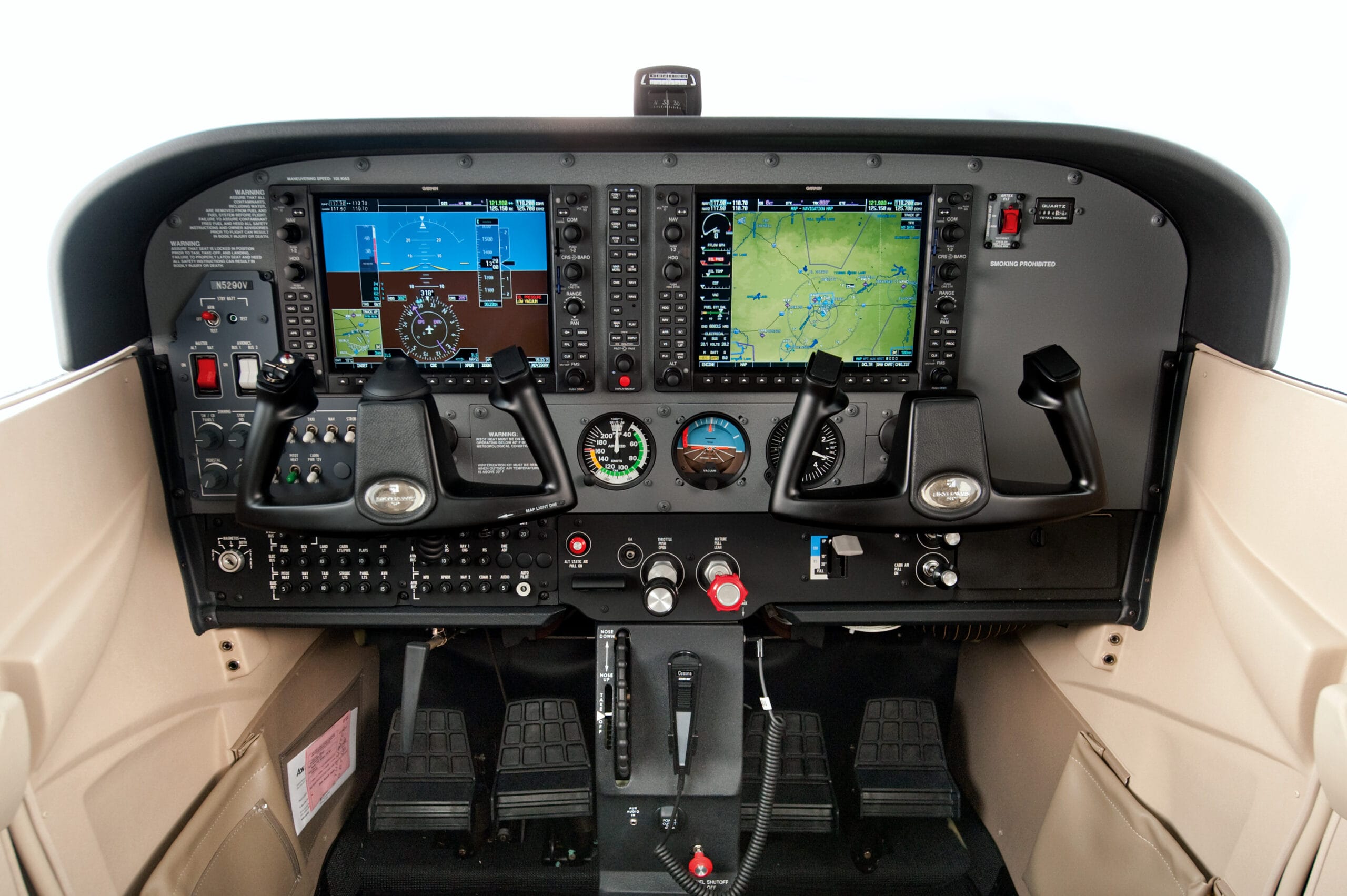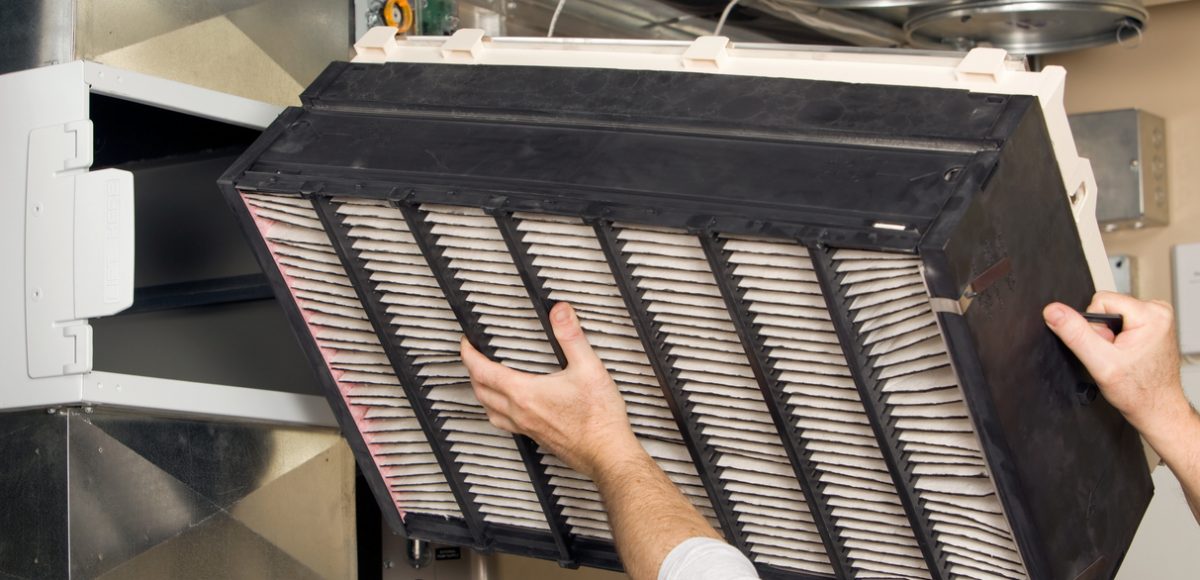Table Of Content
At gross weights, goes the theory, the aircraft flies at a higher angle of attack, which causes the airflow to be disrupted as it passes over the open wells. At lighter weights and/or more aft CG, angle of attack decreases just enough so that the wells are out of the direct slipstream. Then, the air flows smoothly by them, providing a bonus of up to 10 knots, according to one owner. Though it fell into the same basic class as airplanes like the Arrow, the Cutlass suffered from a power deficit (compared to contemporary competitors) that kept it from vying successfully for that market niche. Cessnas real goal, we believe, was to create a trainer that would step pilots up to complex aircraft.
Plane Year / Make / Model Specs
Cessna Skyhawk SP (172S) / TD - Aerospace Technology
Cessna Skyhawk SP (172S) / TD.
Posted: Tue, 07 Nov 2017 22:51:05 GMT [source]
But maybe you have decided this isn't the right model for you. There are other planes worth considering, and we will compare them to the 172 Skyhawk below. If you have doubts about the Cessna 172 and how well it flies, it is worth noting that this plane has set the world record twice for the longest refueled flight endurance. Other key avionics inside this plane include enhanced HSI, integrated VFR sectional charts, and a refined joystick that pans much smoother than earlier models. The critical thing to remember about planes like the Cessna 172 is how much they change over time. For example, the original 172 from 1956 differs from the 172S built in 1998.
Cessna 172 Cockpit

Over 3,000 of these planes have been made, and you can expect a maximum speed on most models of 237 miles per hour. The evolution of these popular planes makes it easier to get more speed, horsepower, safety, and performance over time. The Cessna 172 is one of the most popular planes for private pilots. It is a lightweight, single-engine aircraft that an average person can fly.
Cessna 172 / Similar Aircraft
All specifications are based on manufacturer's calculations. All performance figures are based on standard day, standard atmosphere, sea level, gross weight conditions unless otherwise noted. The Cessna 172’s popularity makes it one of the most accessible planes to own in terms of parts availability.
Perhaps the most important aspect of these accidents is that none could be directly blamed on aircraft shortcomings. For example, four stemmed from that perennial pilot killer-flying VFR into IFR conditions. In the same vein, two other fatal crashes were blamed on pilots flying while intoxicated. Some 21 reports indicated loose, backed-out or broken bolts. Again, careful inspection of the landing gear is a must for any prospective buyer. While its possible to get a cheaper 180-HP single-engine retractable, you also stand to get higher maintenance costs.
Archer Reports Success With Battery-Pack Drop Testing
The most common solution to these is inertial reel shoulder harnesses, which bring the Cessna 172 to modern safety standards without compromising on crew comfort. Its status as the most produced airplane is no coincidence. The Cessna 172 owes its popularity, among other factors, to a simplicity in design that brings affordable maintenance and high availability rates. Due to its ubiquitous status, it is also incredibly easy to find A&P mechanics who have the first-hand experience servicing the 172 series.
Shops all over the US and the world are stocked with almost everything an owner will need to maintain a Skyhawk airworthy. This also applies to many of the modifications outlined above, as they grow increasingly common in the global 172 fleet. If the Skyhawk is a timeless classic, its seatbelts are hard as loved. The initial models have lap belts that are hardly as safe as you need them to be, while from the 1970s onwards, the shoulder harness installed is famously uncomfortable.
Cruise speed/endurance w/45-min rsv, std fuel (fuel consumption, ea engine) @ 75% power, best economy
While the high wing allows a good view of the ground going by, it also limits visibility into turns. And, of course, looking up is almost impossible without badly craning ones neck. On the minus side of the safety ledger sheet are the fuel lines that run around and under the cabin. Weve always felt that its best to keep the gas as far away from the people as possible. At the very least, these lines should be of heavy-duty construction, preferably with self-sealing disconnects at the ends.
The Reims Rocket led to Cessna producing the R172K Hawk XP, a model available from 1977 to 1981 from both Wichita and Reims. This configuration featured a fuel-injected, Continental IO-360K (later IO-360KB) derated to 195 hp (145 kW) with a two-bladed, constant-speed propeller. The Hawk XP was capable of a 131-knot (243 km/h) cruise speed. A horizontally opposed, air-cooled, four-cylinder fuel-injected Lycoming® engine provides 180-horsepower.
Overall rugged construction is another aid during accidents. After all, the best restraints in the world wont help if the cabin crushes like an eggshell. Cessna provided the Cutlass with the same well-built fuselage that has helped make the 172 so stellar in the area of crashworthiness. Other safety itemsThe Cutlass has other features which have a direct impact on safety. Another trouble spot was highlighted by a Cessna service bulletin.
Aircraft with similar performance, handling, and operating costs as the Cessna 172 exist both within and outside the Cessna portfolio. The Cessna 150, 152, 170, 175, and 177 have shared origins with the 172 and have many of its advantages, with the first two being particularly common in the general aviation market to this day. Owners of early Cessna 172 models still equipped with Continental engines must contend with significantly pricier maintenance and overhaul costs. The downside of engine upgrades is their very high cost, which is why most operators who need the extra performance prefer to purchase aircraft that have already had the conversion completed. Even in cases where they require significant work to be airworthy again, the costs usually fall under those of conducting an engine change first-hand today. However, other 310 variants with more advanced designs can go even faster.
Throttled back to a more moderate power setting, fuel consumption drops to eight GPH, giving the airplane a whopping eight hours or more endurance. Indeed, book figures show a range of 720 NM at 75 percent power and 9,000 feet (including reserves). Throttle back to 55 percent power, and range jumps to 830 NM.
Improper IFR operations (i.e., descending below DH or MDA on instrument approaches) produced two more fatal accidents. Another two were attributed to botched go-arounds that ended up with the aircraft stalling off the end of the runway. Living up to its bullet-proof reputation, the O-360 Lycoming was at the heart of only seven accidents.
If there is a leak, the pump will probably be done pumping all the fluid overboard by the time the pilot realizes its been running too long and pulls the breaker. And of course, like the rest of the Cessna single-engine retractables, the Cutlass is prey to a non-recoverable landing-gear system failure. While a hand pump is provided to manually extend the gear in the event of hydraulic pump failure, neither the mechanical nor the manual system will work if theres no fluid to pump.
We did have to replace the operating solenoid at about 1,200 hours at a nominal cost of $35. At annual inspection, the hydraulic system never requires more than one squirt of fluid. Like any four-place airplane with 180 HP, you can rarely fill the seats and the tanks at the same time. Mid-summer operations from STOL fields have to be planned for early morning departure with half tanks and light weight.
This puts the Cutlass about even with both the Arrow and the Skylane. However, its worth noting that the lowly Grumman Tiger can produce 140 knots using the same size engine with a fixed-pitch prop and its landing gear hanging in the breeze. This aircraft provides a top speed of 717 miles per hour with a range of nearly 4,000 miles.

No comments:
Post a Comment